AN EXCEPTIONALLY RARE AND IMPORTANT INSCRIBED BLUE AND WHITE AND COPPER-RED 'VIRTUOUS OFFICIALS' BRUSHPOT, BITONGKangxi six-character mark and of the period
Expertly potted of cylindrical form with straight sides inscribed around the exterior in kaishu calligraphy with the prose-poem 'The Wise Emperor has Worthy Officials', a seal in underglaze copper-red reading Xi chao chuan gu, 'antique to be handed down from our glorious dynasty', the small recessed base with the mark in underglaze blue. 19.1cm (7 1/2in) diam.Footnotes清康熙 青花釉裡紅「聖主得賢臣頌」筆筒
青花「大清康熙年製」楷書款
Provenance: Sotheby's Hong Kong, 30 April 1996, lot 457
Published and Illustrated: S.Marsh, Brushpots: A Collector's View, Hong Kong, 2020, pp.126-127.
來源:香港蘇富比,1996年4月30日,拍品編號457
著錄:S.Marsh,《筆筒淵鑒:收藏家的隨心所悟》,香港,2020年,第126-127頁
The poem on the present lot is 'The Wise Emperor has Worthy Officials' (聖主得賢臣頌) by the Western Han dynasty poet Wang Bao (王褒, 84-53 BC) for the Han Emperor Xuan (74-48 BC). The Han dynasty under Emperor Xuan prospered economically and militarily to become a regional superpower. Emperor Xuan was considered a diligent and brilliant ruler by historians. Unusually, despite his noble birth as a prince, because his grandfather was framed for witchcraft against Emperor Wu and committed suicide after being forced into a failed uprising, the young Emperor Xuan survived the tumult and lived as a commoner after an amnesty from Emperor Wu in 87 BC. His understanding of life as a commoner made him more sympathetic and humane as a ruler, and he lowered taxes, and employed many capable officials. Wang Bao's prose-poem on the present brushpot, therefore, was not just the usual flattery offered to Royalty, but genuine praise. Some sections can be translated as follows:
賢人君子,亦聖王之所以易海內也。是以嘔喻受之,開寬裕之路,以延天下之英俊也。夫竭智附賢者,必建仁策;索人求士者,必樹伯跡... 由此觀之,君人者勤於求賢而逸於得人。
Sage and gentlemen are also a sharp tool for a wise emperor to govern the country. Therefore, to accept talented people with an open mind would only aid in the country's best interest. Knowing this truth, you should establish a strategy for recruiting talents. Recruiting talents from all over the country is a necessary procedure for becoming a hegemon... As a king, only by making painstaking visits to talents in advance can he enjoy the long-term peace and stability brought by talents.
故世平主聖,俊乂將自至,若堯舜禹湯文武之君,獲稷契皋陶伊尹呂望之臣,明明在朝,穆穆列布,聚精會神,相得益章。
When the world is peaceful and the emperor is sage, talented people will show up. Just like 'Yao, Shun, Yu, Tang, Wen, and Wu' and 'Ji, Qi, Gaotao, Yiyin, and Lu Wang', the names of sage emperors and loyal ministers throughout the dynasties are too many to count. There is a diligent king above, and respectful ministers below. They work together and bring out the best in each other.
故聖主必待賢臣而弘功業,俊士亦俟明主以顯其德。上下俱欲,懽然交欣,千載一會,論說無疑。
Therefore, a wise ruler must rely on the help of virtuous ministers to expand his achievements, and the talents must rely on the appreciation of their wise master to fully unleash his potentials and virtues. Harmony between monarchs and ministers is rare in a thousand years. They trust each other and appreciate each other, like a feather following the wind, like a fish in water, how can it be possible to not let it happen? This harmonious ruling style will surely bring auspiciousness and far-reaching influence to all over the country, benefiting the people with its boundless effect.
The Kangxi Emperor clearly thus wanted to link his reign - which began shakily with the Revolt of the Three Feudatories (1673-1681) - with invoking the glorious Han dynasty and the reign of the Emperor Xuan. This is significant because the Han dynasty, which lends its name to the Han Chinese ethnic group, was also a time of stability and prosperity giving rise to Han rhapsodies and grandiloquent prose-poems praising the emperors. The Kangxi Emperor, a Manchu, aware of his perceived 'foreignness', needed to show himself as the custodian of Han culture and civilisation and thus win over scholars and gentry still reluctant to support the Qing dynasty. There were scholars such as Zhang Dai who still looked back longingly to the Ming dynasty as late as 1684. The present lot therefore, with a Han prose-poem, not only exhibits the erudition of the Kangxi Emperor, but his role as custodian of Han civilisation, and his appreciation of Confucian scholars whom he needed to help administer the empire justly.
In 1682, during his second pageantry tour to Manchuria, to make offerings to his ancestral tombs, the Kangxi Emperor often stressed his desire to search for talented officials:
朕禦極以來,恆念山林藪澤必有隱伏沉淪之士,屢詔徵求,多方甄錄,用期野無遺佚,庶愜愛育人材之意
Regarding the concealed and dejected scholars who must be hiding in forested mountains or marshes in the realm. Repeatedly I have issued edicts to recruit them, enlisting their services from all directions, with the intention that no talent will be left unappreciated in the fields.
Written after the rebellion of the Three Feudatories (1673-1681) which was the last substantive threat to Manchu Qing rule, the Kangxi Emperor's reiteration of his daily intimacy with 'literature and ink' (俾日親文墨) and appeal to hidden talent in the marshes is a victor's gesture of benevolent reconciliation.
See a very similar blue and white and copper-red brushpot, Kangxi, with the same inscription, in the Qing Court Collection, illustrated in The Complete Collection of Treasures of the Palace Museum: Blue and White Porcelain with Underglazed Red (III), Hong Kong, 2000, p.207. Another very similar brushpot with the same inscription, Kangxi six-character mark and of the period, in the Shanghai Museum, is illustrated in Kangxi Porcelain Wares from the Shanghai Museum Collection, Hong Kong, 1998, no.19. Another blue and white and copper-red brushpot with the same inscription, Kangxi six-character mark and of the period, is illustrated in A Loan Exhibition of Chinese Art of the Early Periods, Singapore Art Society, British Council Centre, Singapore, 1953, no.94. Another very similar blue and white and copper-red brushpot, with the same inscription, Kangxi mark, was donated by Sir Augustus Wollaston Franks (1826-1897) to the British Museum, London (acc.no.Franks.146). Another very similar blue and white and copper red brushpot, with the same poem, Kangxi mark and of the period, is in the National Palace Museum, Taipei, illustrated in Ceramics Gallery of the Palace Museum, Taipei, 2009, p.325, no.306.
Compare also with a related blue and white brushpot inscribed with a different inscription, Kangxi, dated 1684, in the Art Gallery of the Chinese University of Hong Kong, illustrated in Qing Imperial Porcelain: of the Kangxi, Yongzheng and Qianlong Reigns, Hong Kong, 1995, no.14.
A similar underglaze blue and copper-red brushpot with the same poem, Kangxi six-character mark and period, was sold at Sotheby's Hong Kong, 8 November 1982, lot 170, and again in the same Rooms, from the collection of Sir Quo-Wei Lee, on 3 October 2018, lot 141.
AN EXCEPTIONALLY RARE AND IMPORTANT INSCRIBED BLUE AND WHITE AND COPPER-RED 'VIRTUOUS OFFICIALS' BRUSHPOT, BITONGKangxi six-character mark and of the period
Expertly potted of cylindrical form with straight sides inscribed around the exterior in kaishu calligraphy with the prose-poem 'The Wise Emperor has Worthy Officials', a seal in underglaze copper-red reading Xi chao chuan gu, 'antique to be handed down from our glorious dynasty', the small recessed base with the mark in underglaze blue. 19.1cm (7 1/2in) diam.Footnotes清康熙 青花釉裡紅「聖主得賢臣頌」筆筒
青花「大清康熙年製」楷書款
Provenance: Sotheby's Hong Kong, 30 April 1996, lot 457
Published and Illustrated: S.Marsh, Brushpots: A Collector's View, Hong Kong, 2020, pp.126-127.
來源:香港蘇富比,1996年4月30日,拍品編號457
著錄:S.Marsh,《筆筒淵鑒:收藏家的隨心所悟》,香港,2020年,第126-127頁
The poem on the present lot is 'The Wise Emperor has Worthy Officials' (聖主得賢臣頌) by the Western Han dynasty poet Wang Bao (王褒, 84-53 BC) for the Han Emperor Xuan (74-48 BC). The Han dynasty under Emperor Xuan prospered economically and militarily to become a regional superpower. Emperor Xuan was considered a diligent and brilliant ruler by historians. Unusually, despite his noble birth as a prince, because his grandfather was framed for witchcraft against Emperor Wu and committed suicide after being forced into a failed uprising, the young Emperor Xuan survived the tumult and lived as a commoner after an amnesty from Emperor Wu in 87 BC. His understanding of life as a commoner made him more sympathetic and humane as a ruler, and he lowered taxes, and employed many capable officials. Wang Bao's prose-poem on the present brushpot, therefore, was not just the usual flattery offered to Royalty, but genuine praise. Some sections can be translated as follows:
賢人君子,亦聖王之所以易海內也。是以嘔喻受之,開寬裕之路,以延天下之英俊也。夫竭智附賢者,必建仁策;索人求士者,必樹伯跡... 由此觀之,君人者勤於求賢而逸於得人。
Sage and gentlemen are also a sharp tool for a wise emperor to govern the country. Therefore, to accept talented people with an open mind would only aid in the country's best interest. Knowing this truth, you should establish a strategy for recruiting talents. Recruiting talents from all over the country is a necessary procedure for becoming a hegemon... As a king, only by making painstaking visits to talents in advance can he enjoy the long-term peace and stability brought by talents.
故世平主聖,俊乂將自至,若堯舜禹湯文武之君,獲稷契皋陶伊尹呂望之臣,明明在朝,穆穆列布,聚精會神,相得益章。
When the world is peaceful and the emperor is sage, talented people will show up. Just like 'Yao, Shun, Yu, Tang, Wen, and Wu' and 'Ji, Qi, Gaotao, Yiyin, and Lu Wang', the names of sage emperors and loyal ministers throughout the dynasties are too many to count. There is a diligent king above, and respectful ministers below. They work together and bring out the best in each other.
故聖主必待賢臣而弘功業,俊士亦俟明主以顯其德。上下俱欲,懽然交欣,千載一會,論說無疑。
Therefore, a wise ruler must rely on the help of virtuous ministers to expand his achievements, and the talents must rely on the appreciation of their wise master to fully unleash his potentials and virtues. Harmony between monarchs and ministers is rare in a thousand years. They trust each other and appreciate each other, like a feather following the wind, like a fish in water, how can it be possible to not let it happen? This harmonious ruling style will surely bring auspiciousness and far-reaching influence to all over the country, benefiting the people with its boundless effect.
The Kangxi Emperor clearly thus wanted to link his reign - which began shakily with the Revolt of the Three Feudatories (1673-1681) - with invoking the glorious Han dynasty and the reign of the Emperor Xuan. This is significant because the Han dynasty, which lends its name to the Han Chinese ethnic group, was also a time of stability and prosperity giving rise to Han rhapsodies and grandiloquent prose-poems praising the emperors. The Kangxi Emperor, a Manchu, aware of his perceived 'foreignness', needed to show himself as the custodian of Han culture and civilisation and thus win over scholars and gentry still reluctant to support the Qing dynasty. There were scholars such as Zhang Dai who still looked back longingly to the Ming dynasty as late as 1684. The present lot therefore, with a Han prose-poem, not only exhibits the erudition of the Kangxi Emperor, but his role as custodian of Han civilisation, and his appreciation of Confucian scholars whom he needed to help administer the empire justly.
In 1682, during his second pageantry tour to Manchuria, to make offerings to his ancestral tombs, the Kangxi Emperor often stressed his desire to search for talented officials:
朕禦極以來,恆念山林藪澤必有隱伏沉淪之士,屢詔徵求,多方甄錄,用期野無遺佚,庶愜愛育人材之意
Regarding the concealed and dejected scholars who must be hiding in forested mountains or marshes in the realm. Repeatedly I have issued edicts to recruit them, enlisting their services from all directions, with the intention that no talent will be left unappreciated in the fields.
Written after the rebellion of the Three Feudatories (1673-1681) which was the last substantive threat to Manchu Qing rule, the Kangxi Emperor's reiteration of his daily intimacy with 'literature and ink' (俾日親文墨) and appeal to hidden talent in the marshes is a victor's gesture of benevolent reconciliation.
See a very similar blue and white and copper-red brushpot, Kangxi, with the same inscription, in the Qing Court Collection, illustrated in The Complete Collection of Treasures of the Palace Museum: Blue and White Porcelain with Underglazed Red (III), Hong Kong, 2000, p.207. Another very similar brushpot with the same inscription, Kangxi six-character mark and of the period, in the Shanghai Museum, is illustrated in Kangxi Porcelain Wares from the Shanghai Museum Collection, Hong Kong, 1998, no.19. Another blue and white and copper-red brushpot with the same inscription, Kangxi six-character mark and of the period, is illustrated in A Loan Exhibition of Chinese Art of the Early Periods, Singapore Art Society, British Council Centre, Singapore, 1953, no.94. Another very similar blue and white and copper-red brushpot, with the same inscription, Kangxi mark, was donated by Sir Augustus Wollaston Franks (1826-1897) to the British Museum, London (acc.no.Franks.146). Another very similar blue and white and copper red brushpot, with the same poem, Kangxi mark and of the period, is in the National Palace Museum, Taipei, illustrated in Ceramics Gallery of the Palace Museum, Taipei, 2009, p.325, no.306.
Compare also with a related blue and white brushpot inscribed with a different inscription, Kangxi, dated 1684, in the Art Gallery of the Chinese University of Hong Kong, illustrated in Qing Imperial Porcelain: of the Kangxi, Yongzheng and Qianlong Reigns, Hong Kong, 1995, no.14.
A similar underglaze blue and copper-red brushpot with the same poem, Kangxi six-character mark and period, was sold at Sotheby's Hong Kong, 8 November 1982, lot 170, and again in the same Rooms, from the collection of Sir Quo-Wei Lee, on 3 October 2018, lot 141.
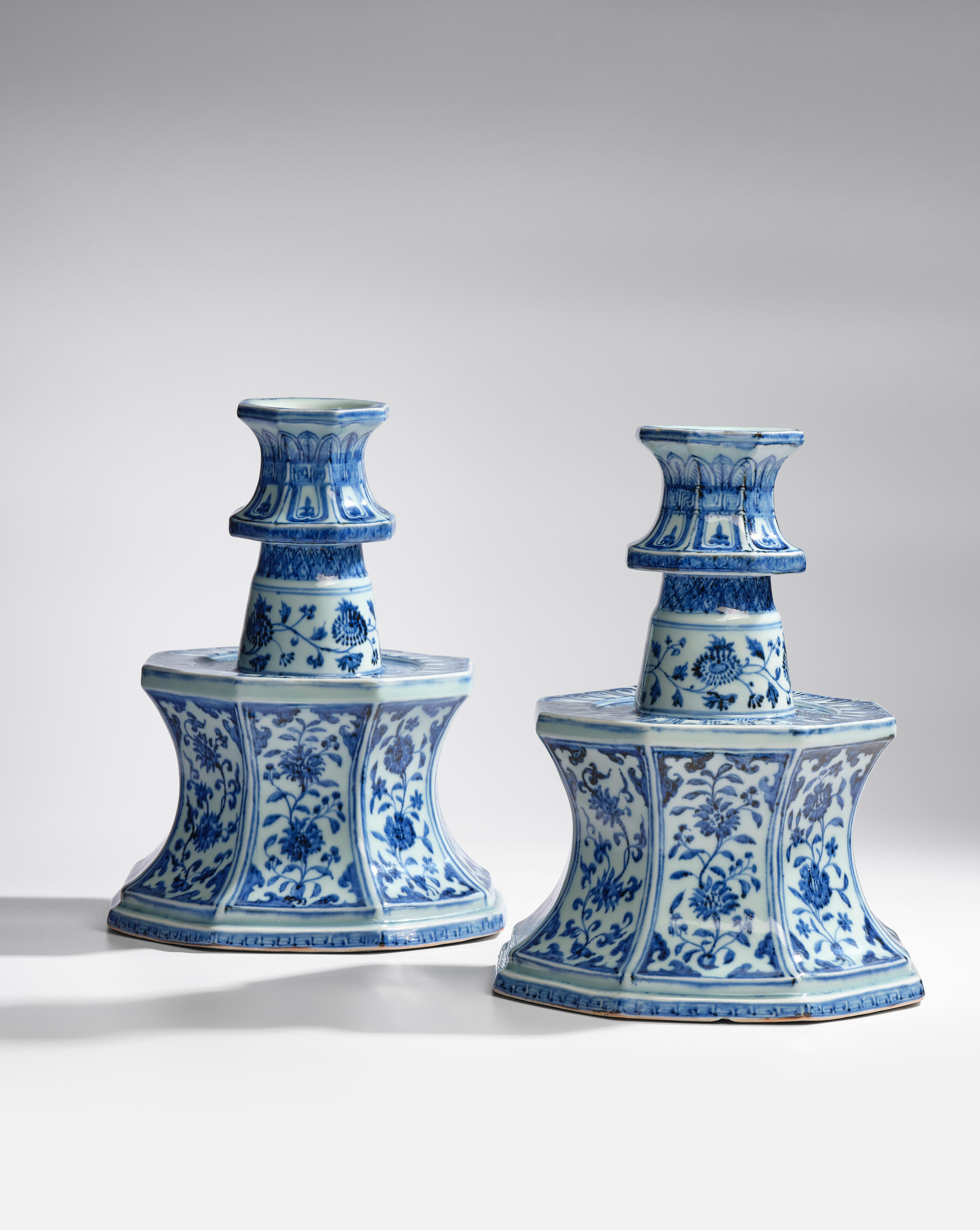

.jpg)
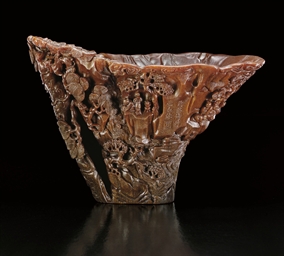

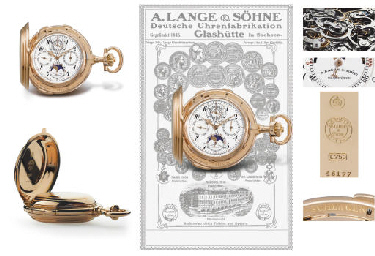
.jpg)
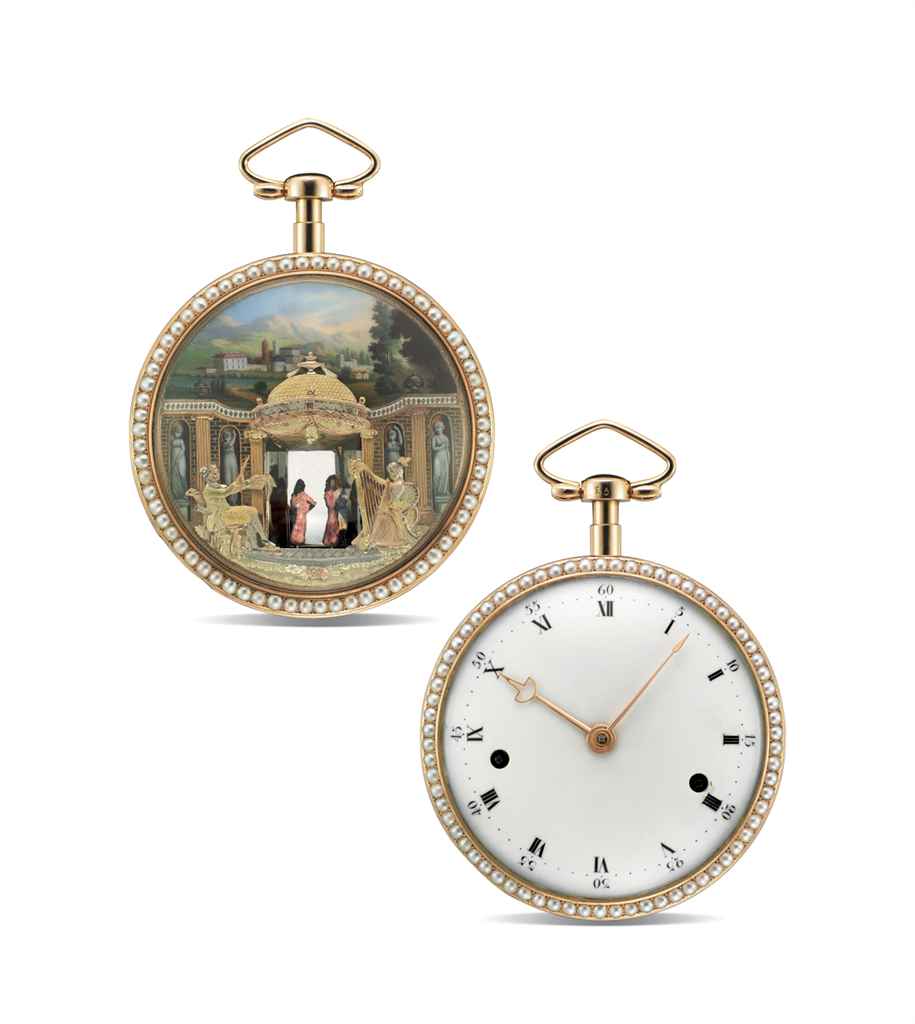
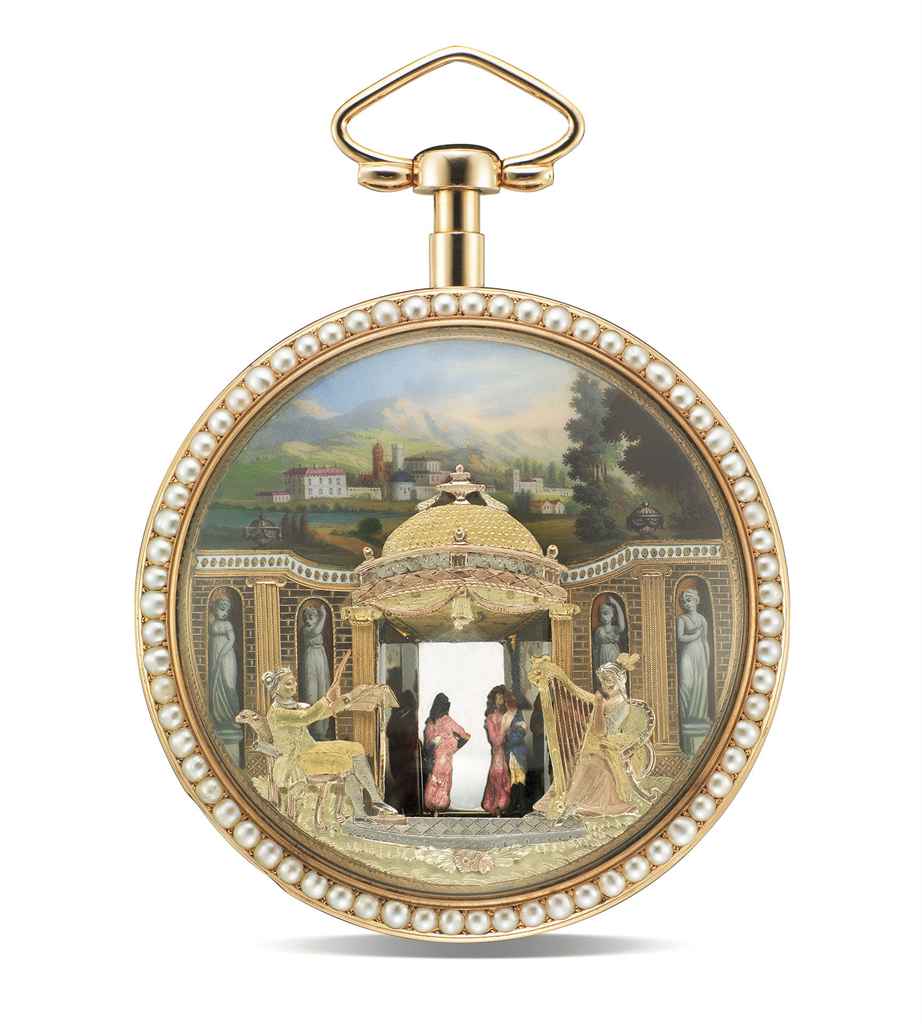


.jpg)
.jpg)

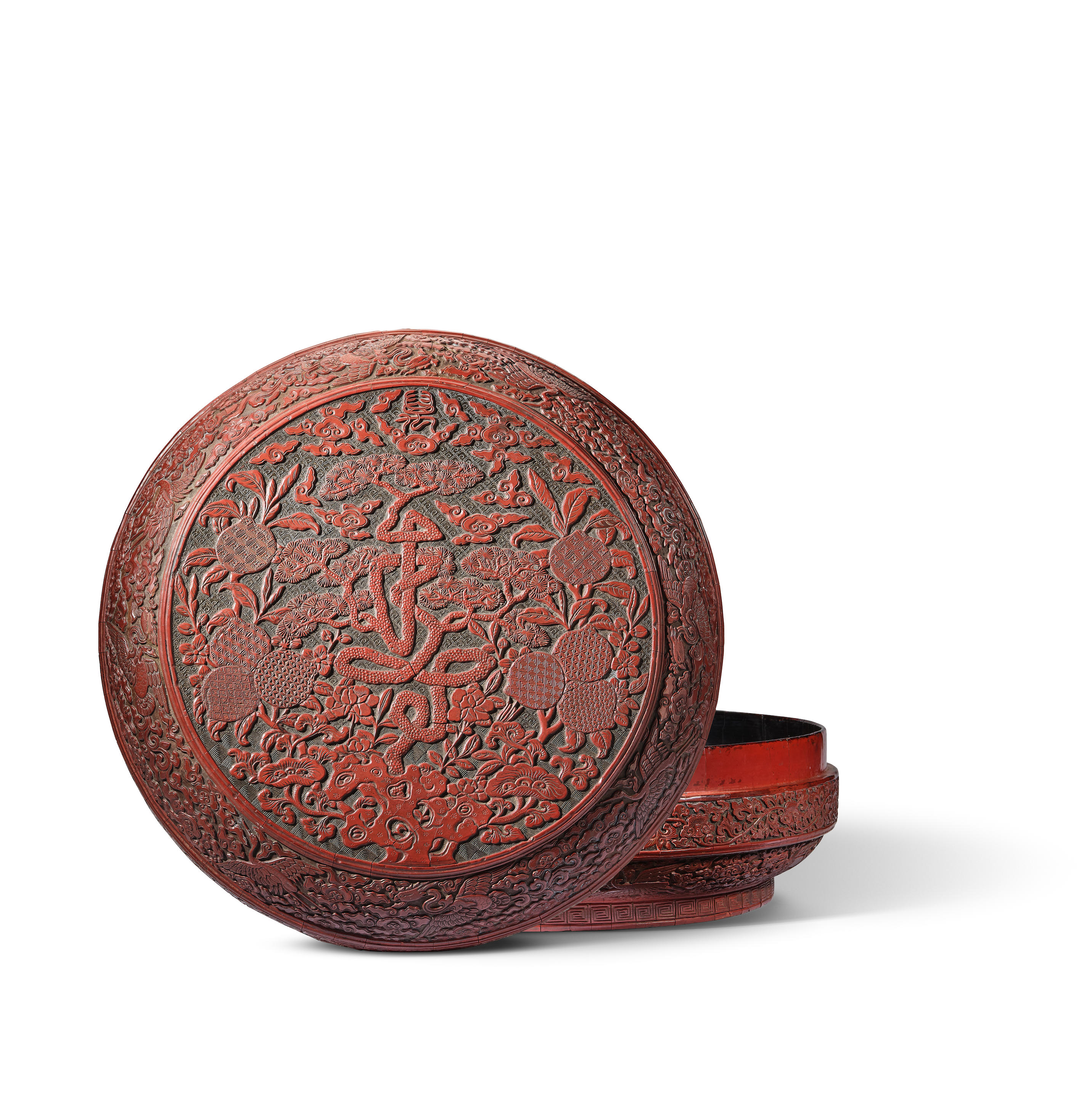
Testen Sie LotSearch und seine Premium-Features 7 Tage - ohne Kosten!
Lassen Sie sich automatisch über neue Objekte in kommenden Auktionen benachrichtigen.
Suchauftrag anlegen